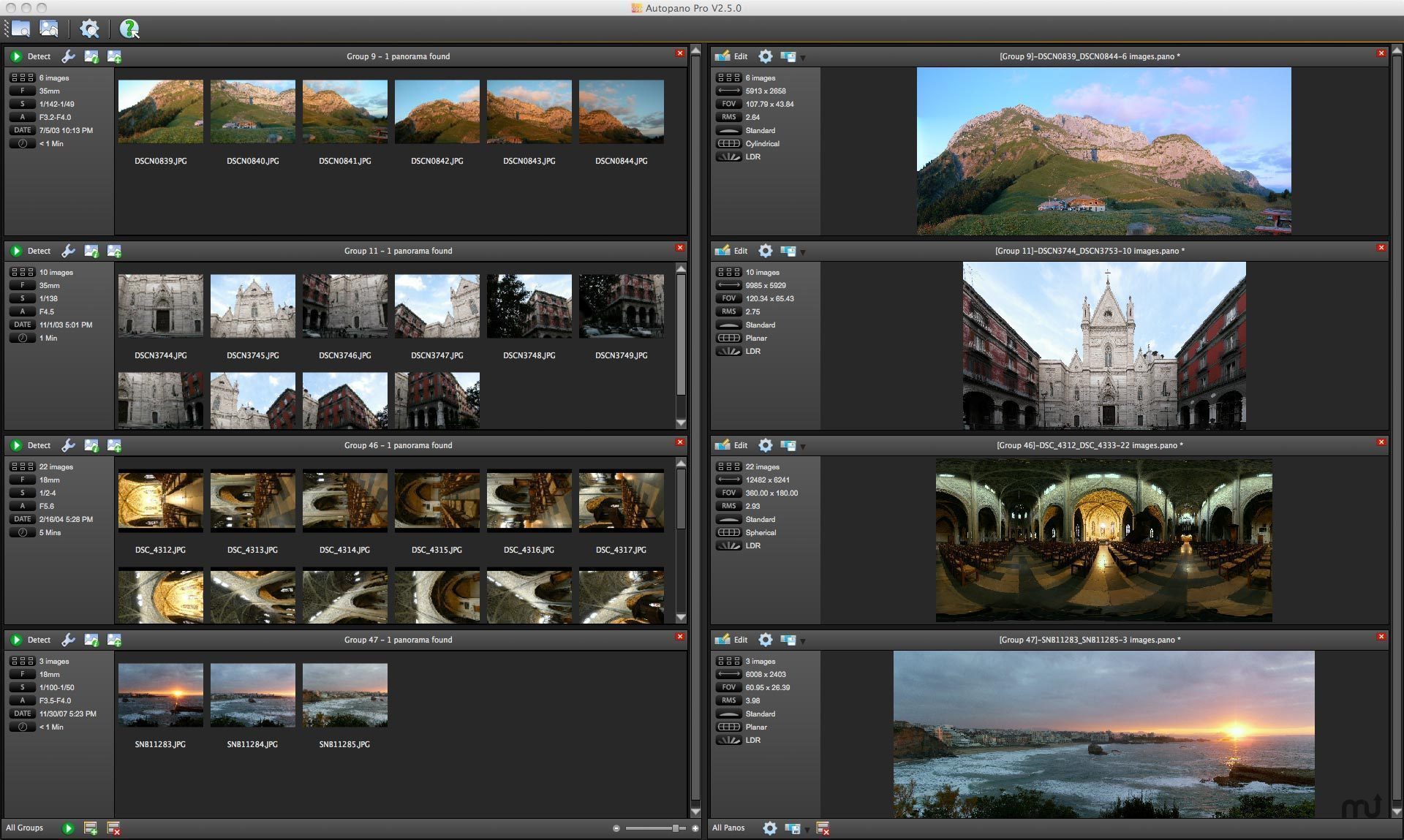

Most digital camera manufacturers will offer a "35mm equivalent" focal length for their lenses, or else a conversion factor for multiplying the focal length in order to get the approximate equivalent for their camera.įilm format: 35mm (Nikon, Canon, Leica, etc.)ġ) Lenses used must be rectilinear (corrected, or non-fisheye).Ģ) Assumes images are captured with camera in portrait (vertical) orientation.ģ) Actual fovy settings used in stitching software are likely to be smaller than calculated here due to cropping in the scanning or digital capture process.Ĥ) Field of view (fov) calculations are done as follows:įov = 2 * tan -1(image size / (focal length * 2))ĥ) Lens manufacturers generally list the diagonal field of view of their lenses in their product literature, rather than the vertical field of view (fovy) required by most stitching applications.


Since many digital cameras use image sensors that are smaller than a 35mm film frame (resulting in cropping of the image), the images captured with these 35mm format lenses will have smaller fields of view than listed. The field of view recorded depends upon both the focal length/design of the lens, and the size of the image area it is projected onto. The chart below offers a guide for determining field of view (fov) for a variety of lenses used with 35mm film cameras. I completed stitching using six images obtained by rotating in place using Python stitcher class. +Stitch many overlapping photos, up to about 200, into impressive wide-view panoramas. +Stitch hi-res single-row, multi-row, photospheres or 360° panoramas. Stitching 15mm shots with a 60° pan increment between them still left about a 20 percent overlap, which was adequate (albeit somewhat limited) for successful image pair matching. This is a fully automated panorama stitcher app that enables you to easily stitch individual overlapping photos, including HDR ones, into high-quality, hi-res panoramas for Free. Rather than stitching an image into the panorama which would require extensive Photoshop retouching later on, it was often preferred to skip that inferior shot. This was often necessary because of the relatively high susceptability of the 15mm Nikkor to lens flare. However, the reason for this was that it allowed you to skip an image during stitching and still have sufficient overlap between every other shot. This actually provided about a 60 percent overlap between shots significantly more than was necessary. In the early days of QuickTime VR panoramic photography, Apple recommended shooting 12 shots per 360° panorama (30° increments between shots) with a 15mm rectilinear Nikkor lens on a 35mm Nikon camera (in vertical or portrait mode). On the other hand, too much overlap means unnecessary duplication of data and slows the stitching process significantly. The smaller this overlap, the fewer pixels are available for pattern matching and the narrower the blend area will be. The panorama itself is ok but when I project it on a sphere (using 360° projection software) the start and end points of panorama along x-axis dont align. I have created a 360° panorama using OpenCV Stitcher routine. A minimum overlap between shots is necessary in order for the software stitchers to properly match pixel patterns and blend the images together with no apparent seam. Create 360° x 180° spherical projection using panorama.


 0 kommentar(er)
0 kommentar(er)
